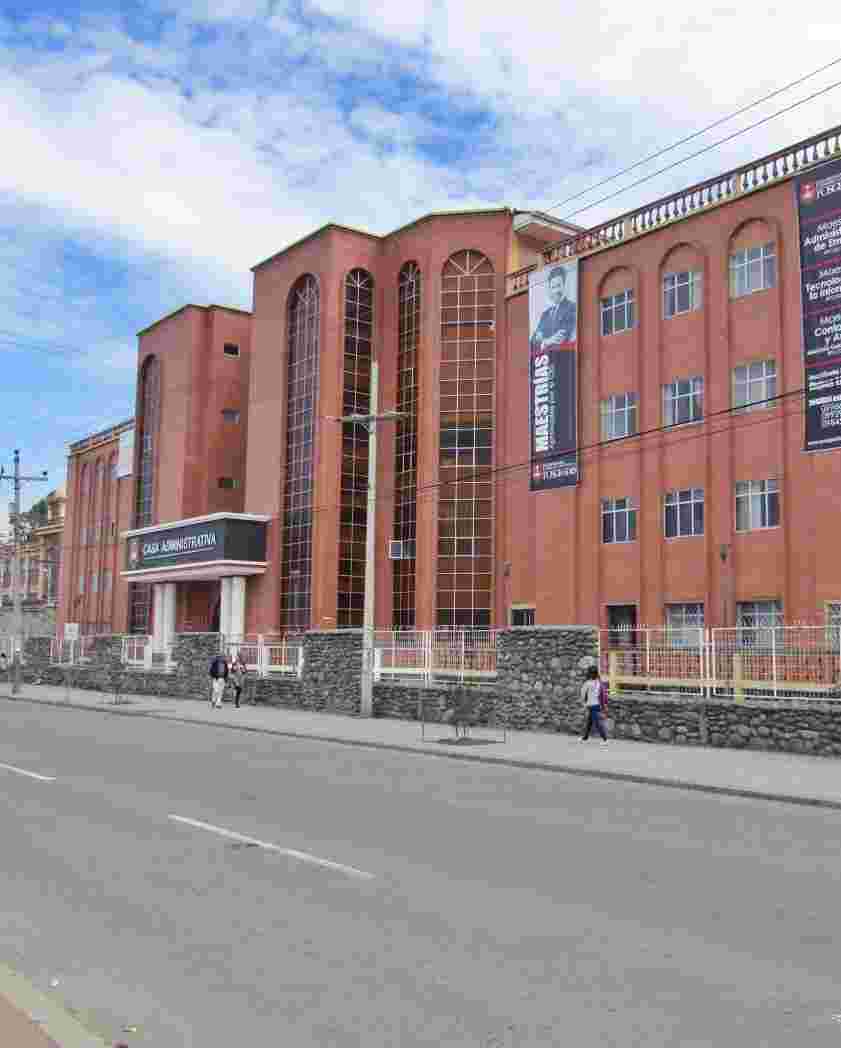Medicina
URI permanente para esta comunidadhttps://dspace.ucacue.edu.ec/handle/ucacue/22
Examinar
Examinando Medicina por Asesores "Flores Montesinos, Carlos"
Mostrando 1 - 1 de 1
- Resultados por página
- Opciones de ordenación
Ítem Acceso Abierto Historia de la lepra lepromatosa en Cuenca-Ecuador(Universidad Católica de Cuenca., 2024) Galarza Álvarez, Jenny Fernanda; Flores Montesinos, Carlos; 0107370090Lepromatous is the most aggressive form of leprosy, characterized by being multinodular, chronic, and infectious, caused by Mycobacterium leprae, affecting the skin and peripheral nerves. It was introduced in Ecuador with the arrival of the Spanish and has become a health problem since then. The World Health Organization eliminated leprosy as a health issue in 2000; however, in 2013 and 2014, Ecuador registered 144 cases, and in 2021, 51 cases were reported. Leprosy was introduced in Ecuador in 1493 with the arrival of the Spanish and approximately in the province of Azuay around 1822 through the troops from Popayán and Magdalena, belonging to the liberating army, with Perezpata being the first leprosarium founded in Cuenca in 1816, and later, in 1886, the Mariano Estrella leprosarium. Among the treatments used, chaulmoogra oil was one of the most commonly used treatments. This is a forgotten disease, and due to its new handlings and diagnostic methods, no new cases of leprosy have been documented in Cuenca, which is why the Mariano Estrella leprosarium became a health center due to the lack of patients. In search of relevant information, a search for physical and digital literature resources was conducted in the libraries of Cuenca, historical archives, the Museum of Medicine, and the Mariano Estrella Hospital.




